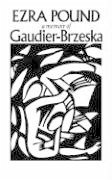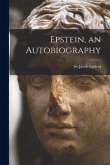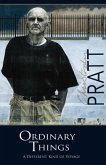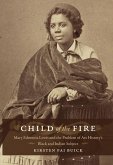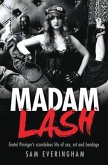Ezra Pound's book on the French sculptor Henri Gaudier-Brzeska was first published in 1916. An enlarged edition, including thirty pages of illustrations (sculpture and drawings) as well as Pound's later pieces on Gaudier, was brought out in 1970, and is now re-issued as an ND Paperbook. The memoir is valuable both for the history of modern art and for what it shows us of Pound himself, his ability to recognize genius in others and then to publicize it effectively. Would there today be a Salle Gaudier-Brzeska in the Musée de L'Art Moderne in Paris if Pound had not championed him? Gaudier's talent was impressive and his Vorticist aesthetic important as theory, but he was killed in World War I at the age of twenty-three, leaving only a small body of work. Pound knew Gaudier in London, where the young artist had come with his companion, the Polish-born Sophie Brzeska. whose name he added to his own. They were living in poverty when Pound bought Gaudier the stone from which the famous "hieratic head" of the poet was made. Pound arranged exhibitions and for the publication of Gaudier's manifestoes in Blast and The Egoist. And he wrote and sent packages to him in the trenches, where Gaudier--a sculptor to the last--carved a madonna and child from the butt of a captured German rifle, just two days before he died.
Hinweis: Dieser Artikel kann nur an eine deutsche Lieferadresse ausgeliefert werden.
Hinweis: Dieser Artikel kann nur an eine deutsche Lieferadresse ausgeliefert werden.

